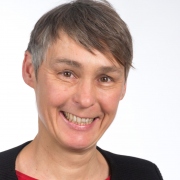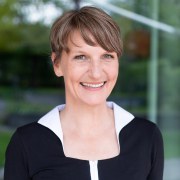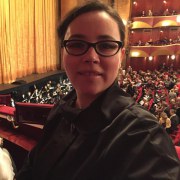How to create an inclusive exhibition for younger children
Reaching out to under-represented groups has been become a prominent goal for a wide range of museums. In particular, children’s museums and exhibition spaces for young visitors have a long tradition of making these target groups feel welcomed. Yet there seems to be an increasing demand for an even more inclusive approach when developing or refurbishing our exhibitions. For example, we have started to cater more effectively for the needs of a variety of children with special needs. Catering to the needs of one group could alienate another one, but resolving these challenges and designing more inclusive museum spaces for children helps all stakeholders learn and grow.
In this session, four different institutions will share the challenges, limits and opportunities they encountered in developing an inclusive museum space for children and discuss their various approaches.
Facilitator
Peter Trevitt Consulting Ltd
Session speakers
At the Deutsches Museum, the so-called “Kinderreich” first opened to the public in 2003. Currently we are in the middle of refurbishing this exhibition space for children ages 3 to 8. We are in the process of implementing an accessibility concept for special needs kids into the framework of existing exhibition elements. However, we share the strong belief that creating an inclusive environment for children, their parents, grand-parents and other guardians requires more than simply installing ramps and elevators. Thus we want to provide the children but also the adults with a sustainable leisure and learning experience. As more and more of our visitors come from various cultural backgrounds and have different abilities we will continue to strive to make all of them feel welcomed.
The Cité des enfants is a permanent children space at the Cité des sciences et de l’industrie that has always been an exhibition accessible to all. Starting in 2016, we began a process of refurbishing this space by creating new exhibits. Still we have some questions in mind: how to stay relevant? How inclusion influences the design of our space but still enhances the experience of every child?
Between 2010 and 2017 FRida & freD have developed 8 temporary exhibitions for children ranging from phenomena revolving around soap bubbles to the topic of circus performances. FRida & freD is an inclusive museum. We encourage people to play with each other from all social and cultural backgrounds and with those who have very different cognitive and physical abilities and needs. We aim to design museum spaces and exhibitions with as few barriers as possible and offer programs with various inclusive approaches.
ZOOOM – Children’s Innovation Zone is dedicated to children 8 and under. The Canada Science and Technology Museum was dedicated to develop an environment that would be inclusive to visitors – meeting different needs and abilities. We worked diligently at ensuring that the experiences catered to different learning styles and incorporated different sensorial elements. The Gallery provides multiple entry levels, thus creating a space that meets the needs of toddlers and older children alike.





